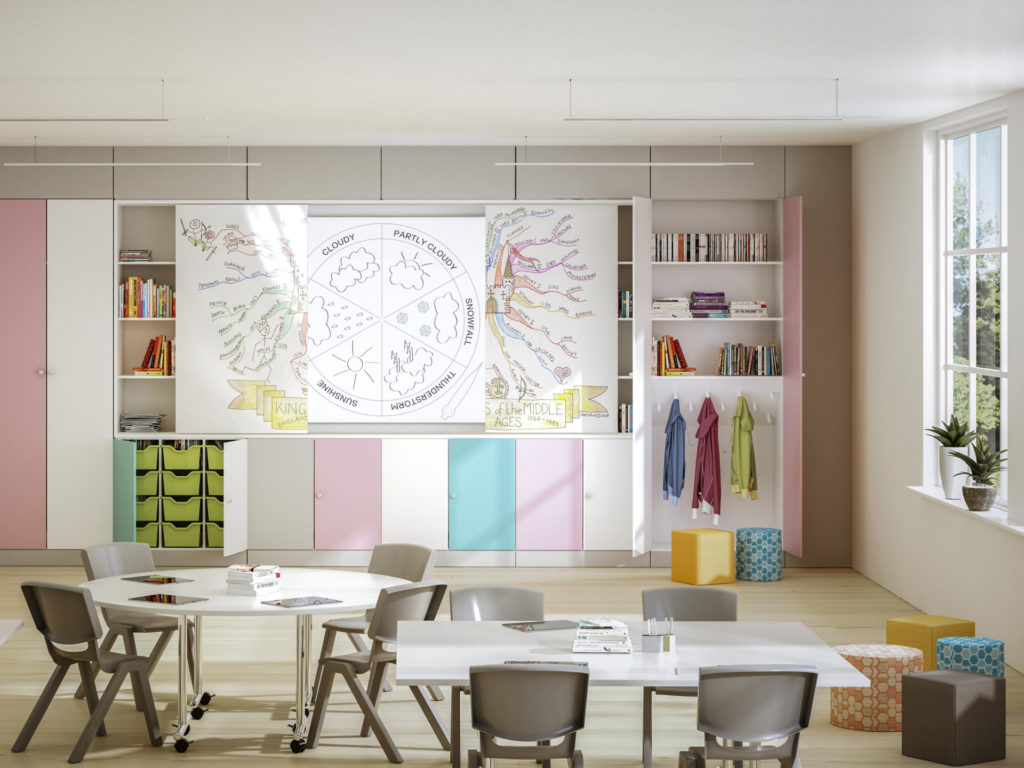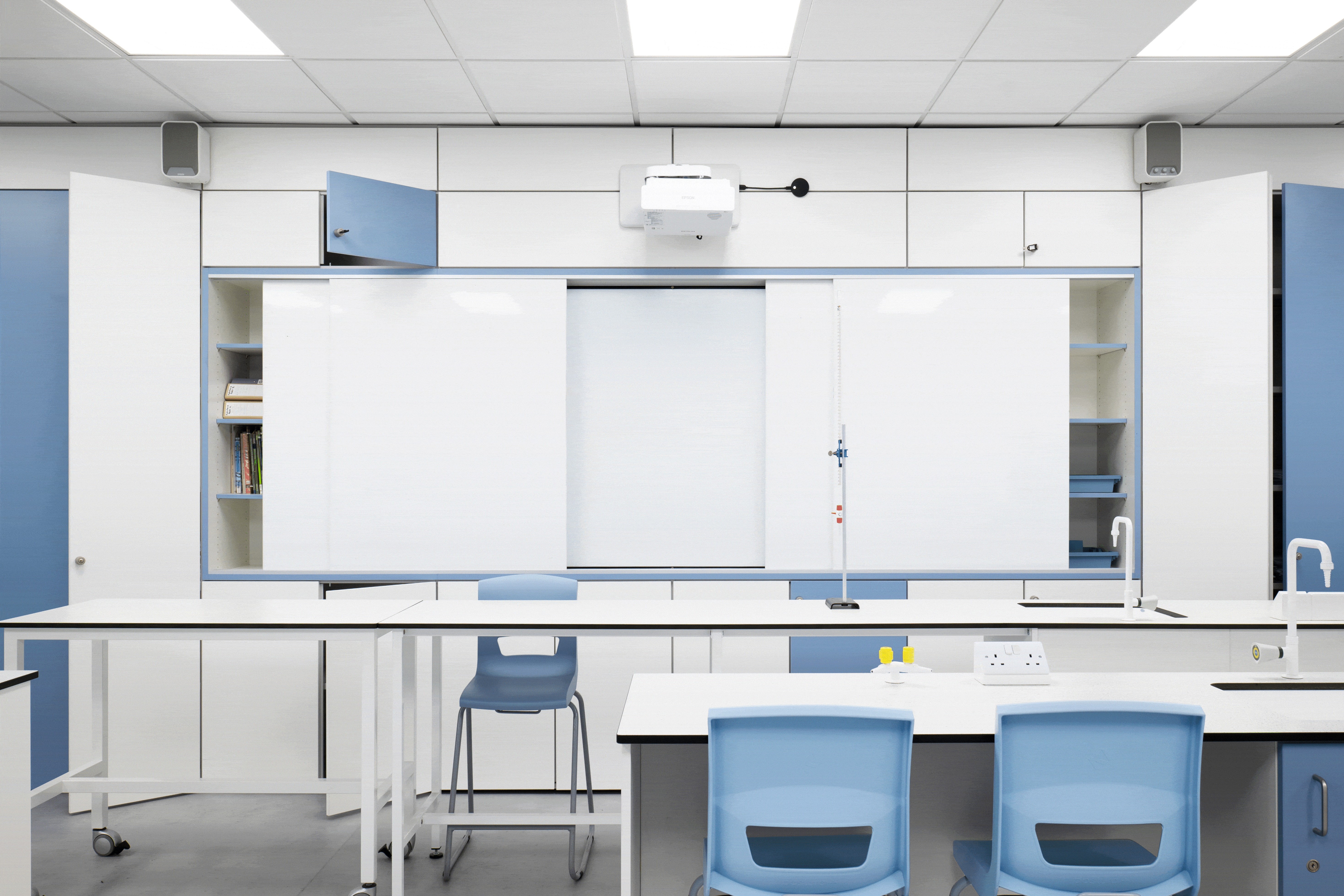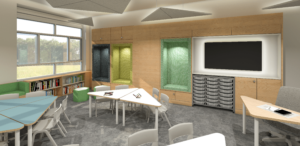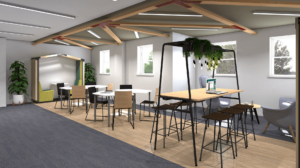Here’s some practical tips on how to solve this problem and prepare your classrooms for the new normal of school life.
With the UK government looking onto the next phase of lock-down, it’s time to seriously begin planning the reopening of our schools. The question now is how can schools operate whilst observing the new policies of social distancing and higher hygiene standards. According to the Scottish First Minister –Ms Sturgeon –“classrooms may have to be redesigned to allow social distancing” But just how does this actually work? Here’s some suggestions on how to prepare.
Format of the Classroom
The most obvious and straightforward change to make is to adjust the layout of the classroom so that students and teachers can practise social distancing. Setting up individual workstations with a 2m distance marked out between them is a simple solution. However, this significantly limits how many pupils can be in the classroom at the same time. Look into ways of opening up the room to maximise its capacity. Check out some ideas on how to save space in the classroom.
A welcoming environment
Giving your classrooms a freshen up will have a huge impact on improving well-being and hygiene standards at the same time. A creative design and a fresh coat of paint can transform a drab classroom into a welcoming environment ready for the return of students and teachers and give a much needed morale boost. Replacing old furniture and clearing any clutter makes the space more hygienic and easier to clean. Find out about other innovative hygiene products to incorporate in school design here.
Perfect your tech set-up
The current crisis has emphasised just how important technology is to modern day learning. Whilst technology has kept education going during the current lock-down period, it’s unlikely that the use of it will stop along with the ease of current day restrictions. Make sure you know how to use it and ensure the set-up works when students are present in the classroom and when they are connecting in from home. Need some more help? Here are some tips on accommodating technology and new ways of learning in the school environment.
Think outside the box
There are also some creative solutions for this problem being implemented in other countries where lock-down restrictions have been eased. For example, in Denmark some schools are making use of designated outdoor classrooms as this better facilitates social distancing measures. Click here for an insight into how to use and the benefits of outdoor learning spaces.Speak to one ofthe Envoplan team to discuss how you can incorporate style and substance in your school setting, keeping your staff and students happy and healthy at all times



